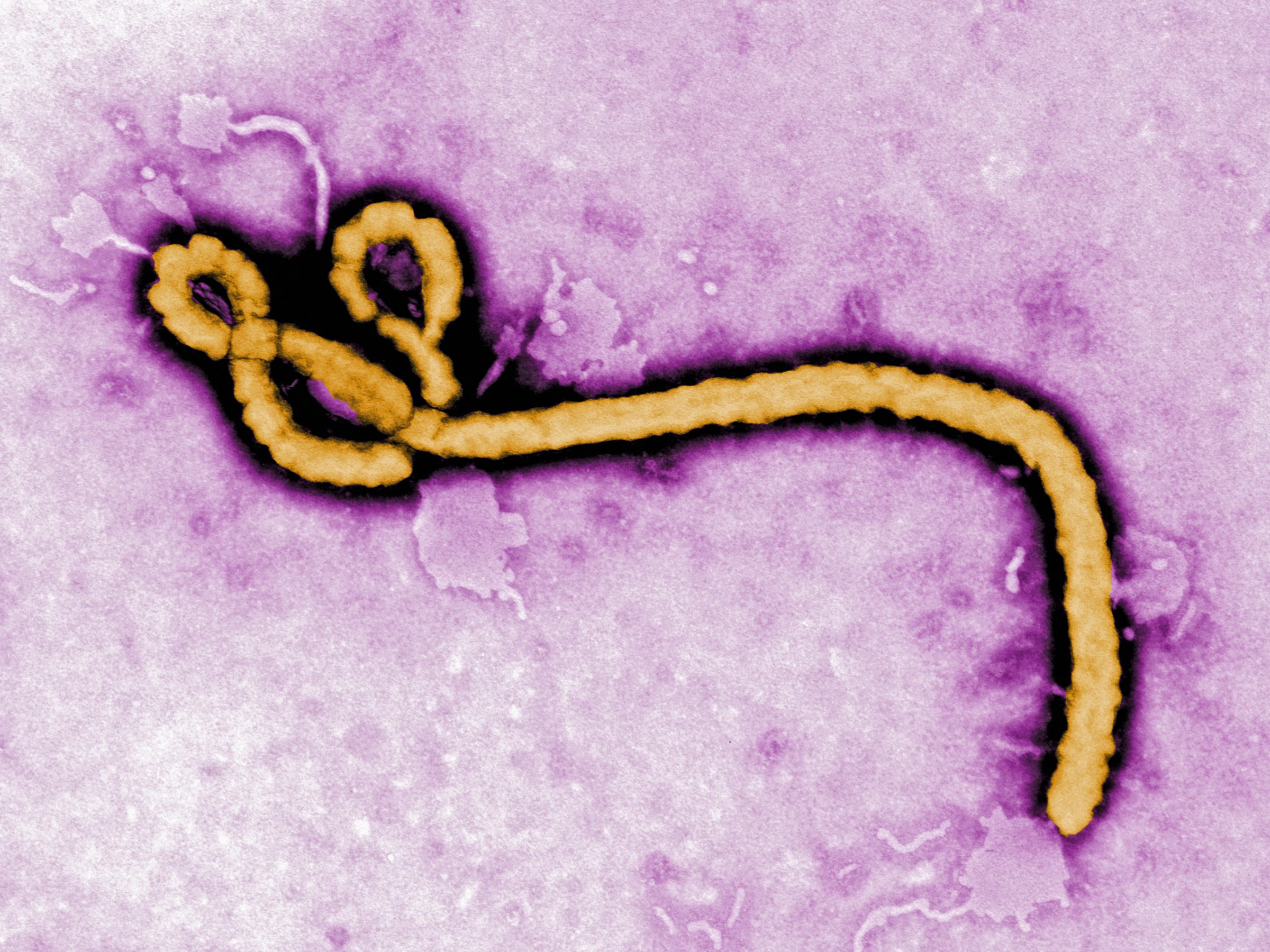
The Ebola outbreak infected some 28,000 people between 2013 to 2016 and killed more than 11,000. Now, in a new study, scientists think they have figured out why the virus was so brutal; it mutated to better target human cells.
In the report, published in the journal Cell, U.S. researchers looked at the genomes of over 1,400 Ebola cases from the recent outbreak and identified a mutation on an outer protein of the virus that can impact the effectiveness of the virus. The study is the first to identify this mutation.
The researchers argue that a form of the virus carrying the mutation emerged during the outbreak and may be responsible for close to 90% of the cases. It may also explain why the Ebola outbreak was so much worse than previous outbreaks, which only infected hundreds of people. Scientists believe the virus somehow became more adapted to humans—perhaps through this mutation—which made it easier to transmit from animals to people. But the scientists have not confirmed how the mutation makes the Ebola virus more likely to get into human cells.
“There was this belief that Ebola virus essentially never changes,” said study author Kristian G. Andersen, director of infectious disease genomics at the Scripps Translational Science Institute (STSI) in a statement about the findings. “But this study tells us that a natural mutation in Ebola virus—which occurred during an outbreak—changed infectivity of human cells.”
More Must-Reads from TIME
- Why Biden Dropped Out
- Ukraine’s Plan to Survive Trump
- The Rise of a New Kind of Parenting Guru
- The Chaos and Commotion of the RNC in Photos
- Why We All Have a Stake in Twisters’ Success
- 8 Eating Habits That Actually Improve Your Sleep
- Welcome to the Noah Lyles Olympics
- Get Our Paris Olympics Newsletter in Your Inbox
Contact us at letters@time.com